Subliminal Education
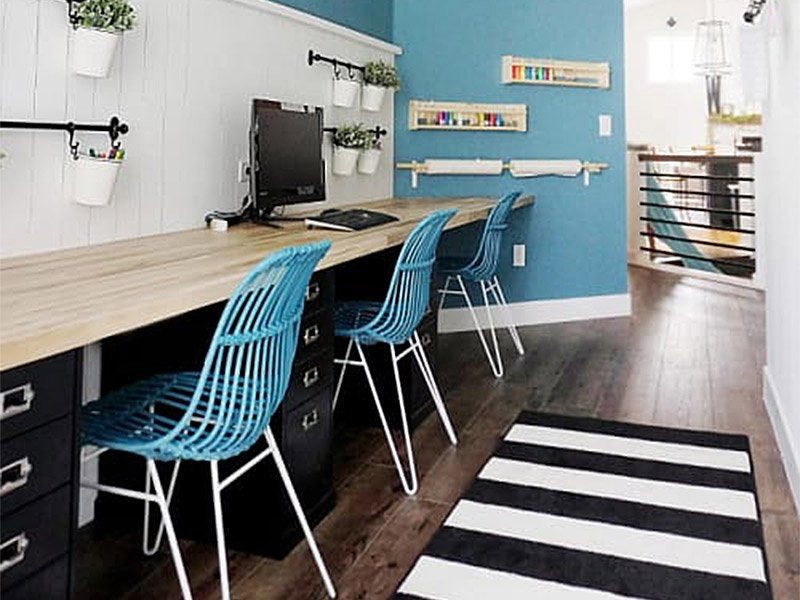
The season after summer is approaching – in my opinion, the worst time of the year. Not only is it the longest point till summer arrives again, but one of the most hideous days of the year is about to occur: the first day of school. Those poor kids. But most kids have a passion, I believe. Whether it’s stargazing or history or drawing graphic novels, most kids have something that sparks them. And wouldn’t it be cool if your home encouraged that spark?
When we were kids, we had puzzle maps – of the US, that kind of thing. I believe every home is required to have one. My brother knew all the locations of the states, plus capitals, because of that damn puzzle (I never learned my states). Why not pick up the pace on that map / learning thing by moving to maps and globes. First, check out World Maps Online. They have world map wallpaper, murals and decals. They have those pull down maps for classroom use. I love those! I am torn between world map wallpaper – cover a room or a wall – or covering a wall with chalkboard / whiteboard paint and then lining up the pull-down maps in front of the huge whiteboard.
If you do not like the idea of map wallpaper, how about sticking with the blackboard / whiteboard walls and filling the room with globes? I love love love the giant globe idea shown here on Houzz. These globes are tough to find and might require a long-term search. Music to the ears of any dedicated shopper / remodeler. Here is a great Apartment Therapy slide show of different globe options. And have you seen this Pinterest photo of globes as lighting? Remember, searching for used / vintage globes on ebay and craigslist is always a cool option. In addition, I just stumbled across a trove of globes at Vintage Vendors on Sandy. The proprietor evidently has a thing for globes, and it’s pretty cool. Here’s a couple of pics I snapped: This place doesn’t have a website, just FB page
While on maps, have you seen the pillows and glassware from Catstudio? If there is a couch or comfy chair anywhere in the room, consider using educational pillows. The theory being – if surrounded by educational crap, maybe they’ll learn something.
Human Anatomy Poster
Let’s go back to the walls. Now is the time for educational posters. The posters themselves can be ridiculously cheap, and display is up to you (tacks, washi tape, matted and framed?). Check out these foreign language posters, for helping your kids remember their French or Cyrillic. While wandering in Paxton Gate on Mississippi recently, I took the snaps of posters displaying the brain, the skeletal system, butterflies, etc. Have you been to Paxton Gate? It’s pretty wild; take the kids and check it out.
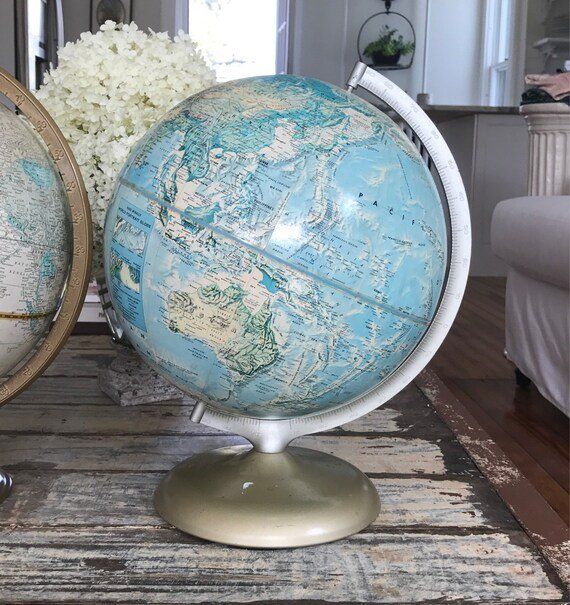

Here’s an alternative to traditional maps – maps of the stars and constellations. I am particularly fond of the constellation prints, as well as the constellation globe. Maybe you could start a globe collection? Vintage globes would be cool for many reasons, but there is also a strong possibility that vintage globes will be outdated – a good way for kids to learn about history and how it has affected boundaries.
Whiteboard or chalkboard paint can be used for a variety of purposes. Draw a monthly calendar on the wall and fill it with test dates, travel, practices, whatever. To-do lists for school and homework, obviously, but what about goals and dreams? Phone numbers, sites the kids should check out, a message center. How about a never-ending game of Hangman? If you have an artist in the family, a blank wall is a never-ending tease.
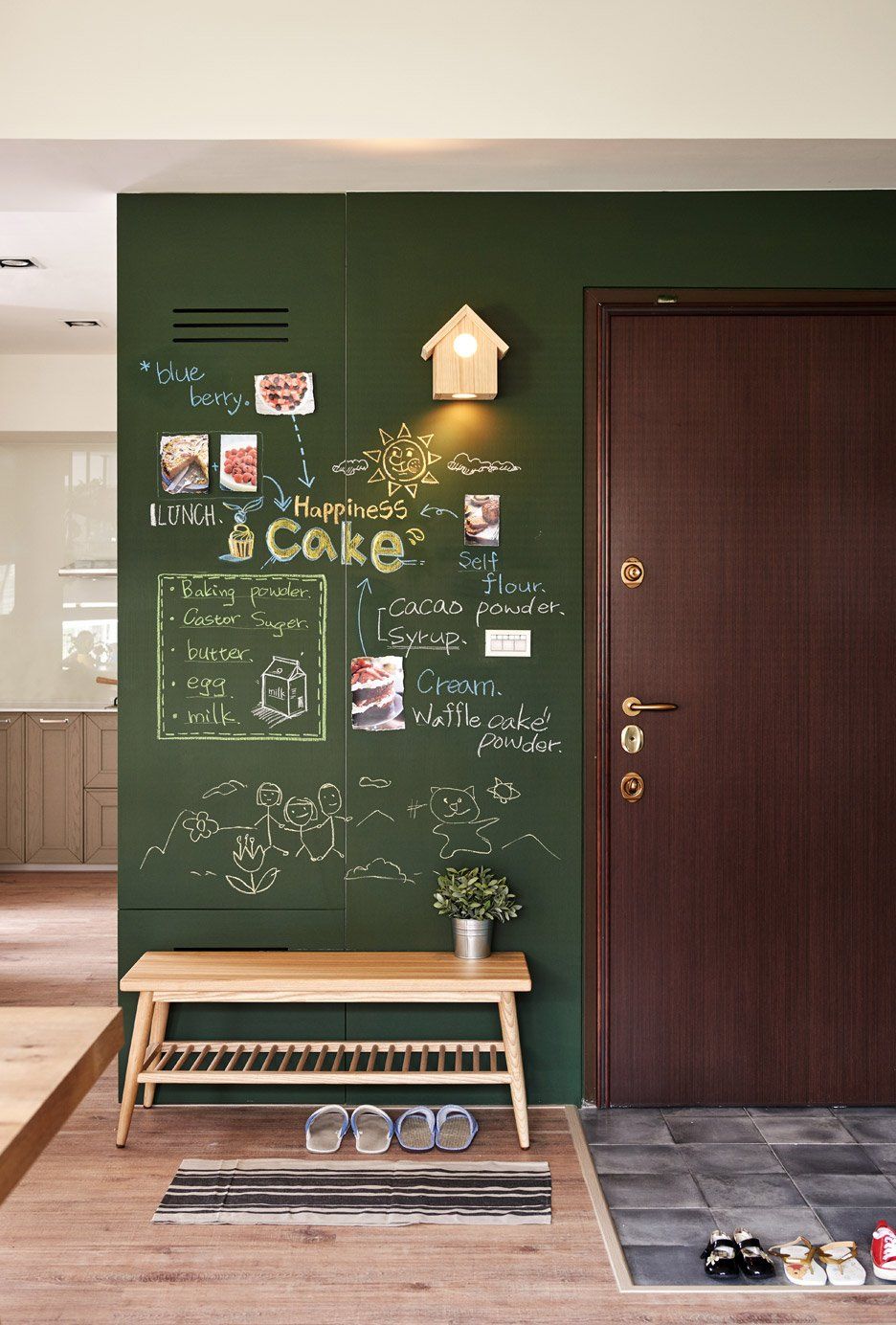
While on the topic of art, check out the 125,000 works of art available for free download (in high res digital format) at the Rijksmuseum in Amsterdam. There is nothing like great art to stimulate creativity. And free is a wonderful price – you could change the art on the walls of your study room on a regular basis. And again on Apartment Therapy, here is a source for free botanical prints.
We have been discussing wall and room décor, which can be implemented in any space: a corner of the kitchen or living room, your child’s room. You may have space to dedicate a room to study, and you may not. You also may not be aware that you have a room you can dedicate to study. For example, do you have a spare room, a den, an office or a guest room? Do you have an unused attic or basement? Are these places being utilized 100%? A guest room, for example, could be a study room until guests arrive. Most dining rooms are not used often, and could be a study area until the kids are out of the house. Decorating a dining room with maps could be lovely. A basement or attic doesn’t need to be beautiful, it just needs to be useful. Does it have electricity and heat? If so, you can make it work. Concrete floors can be painted or left as is. If you have plans for the basement or attic down the road, maybe you can start the work now and do it in stages. Drywall and flooring? Insulation and a heating system? Do you know a good contractor (wink, wink)? I bet they could do some brainstorming with you.
To study you need good light and one other biggie – internet. I have heard that kids will bring their computers over and work on separate projects together in the same room. Makes sense. Wireless is great, but if you give them a high speed multiple port hookup, maybe the crew will always be at your house – and you can keep an eye on them. How about a conference table type setup – but better looking. It can be a long counter built into one side of the room (if it’s the guest room). In your basement or attic it can be a picnic table (check out this DIY picnic table from salvage – instead of a drink trough, the middle section could be electrical / internet ports) or an old kitchen / dining table. If it’s an unfinished space, I would spend money for lighting and internet only. If you have walls, I would decorate them.
And whether it’s painting, lighting, floors, or a long-term plan for your space, the ARCIFORM designers have the best ideas for every budget – and the crew can make anything happen. Your kids might want to study. And you will get to do some remodeling. It’s a win-win!
Share this entryNew paragraph
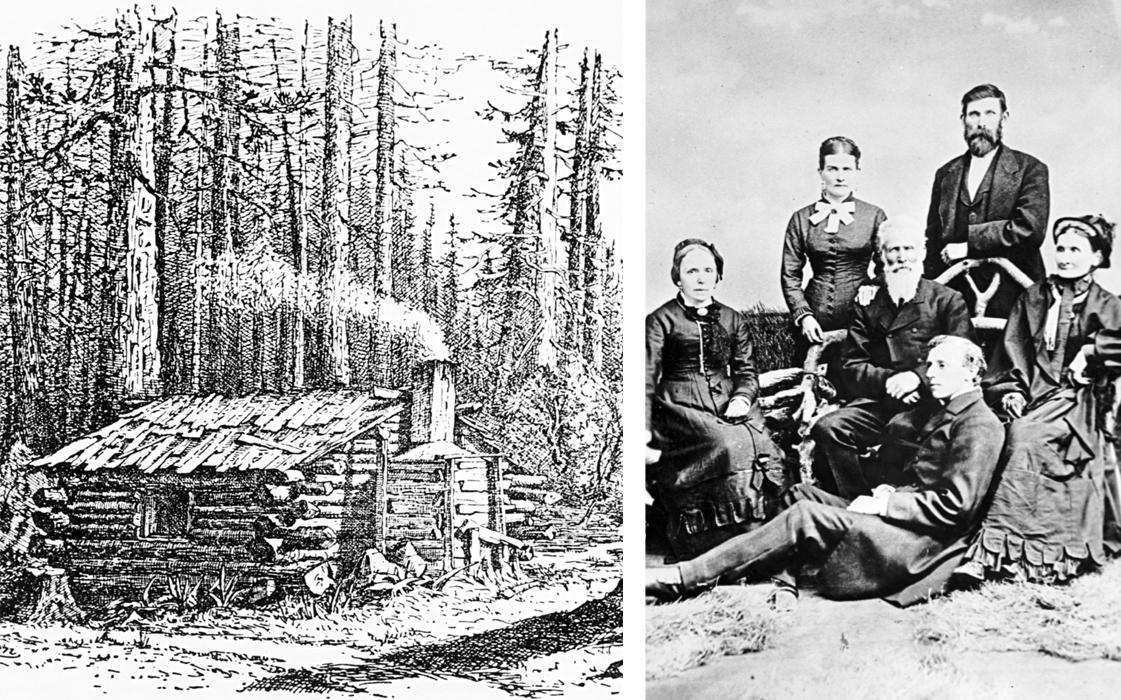
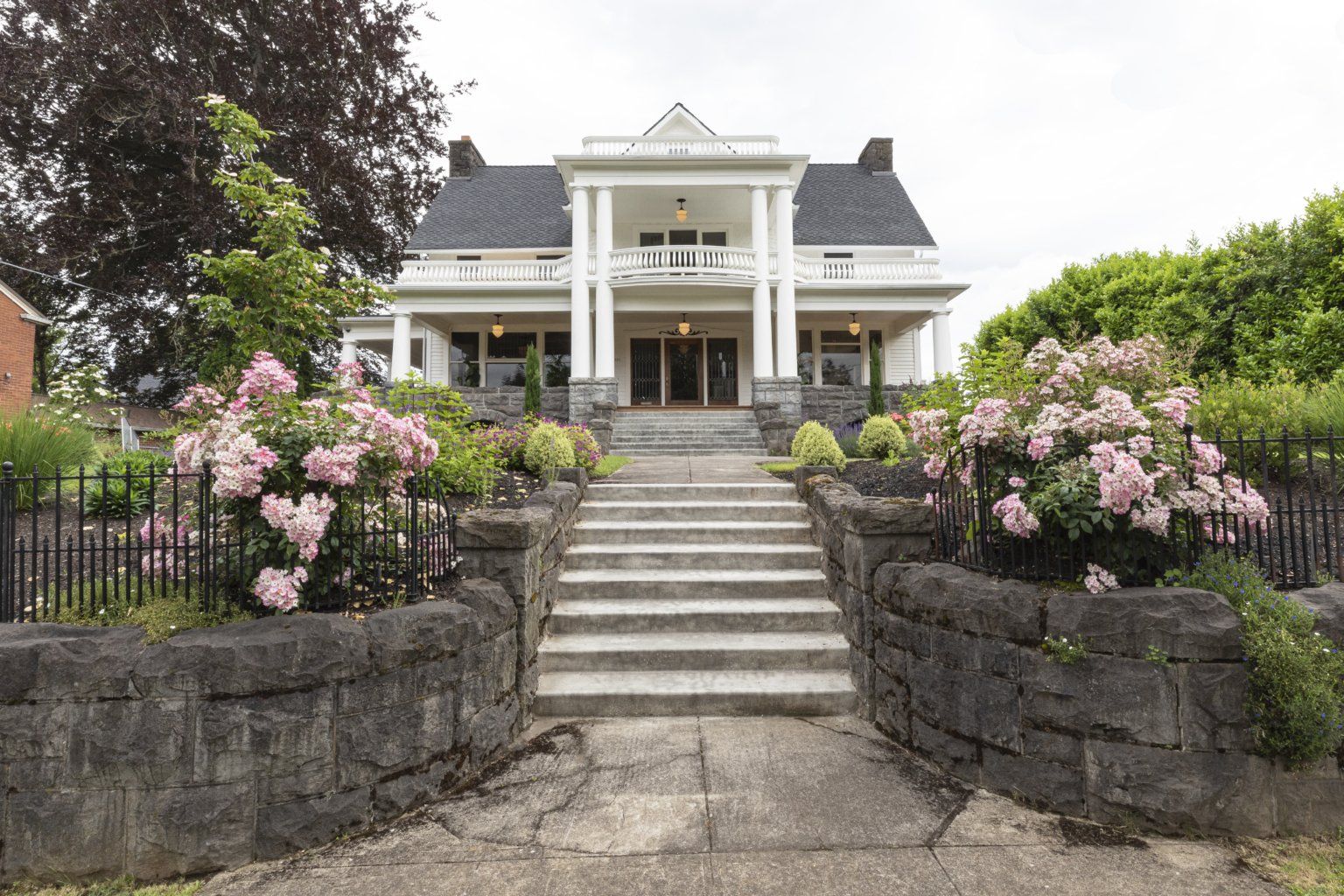





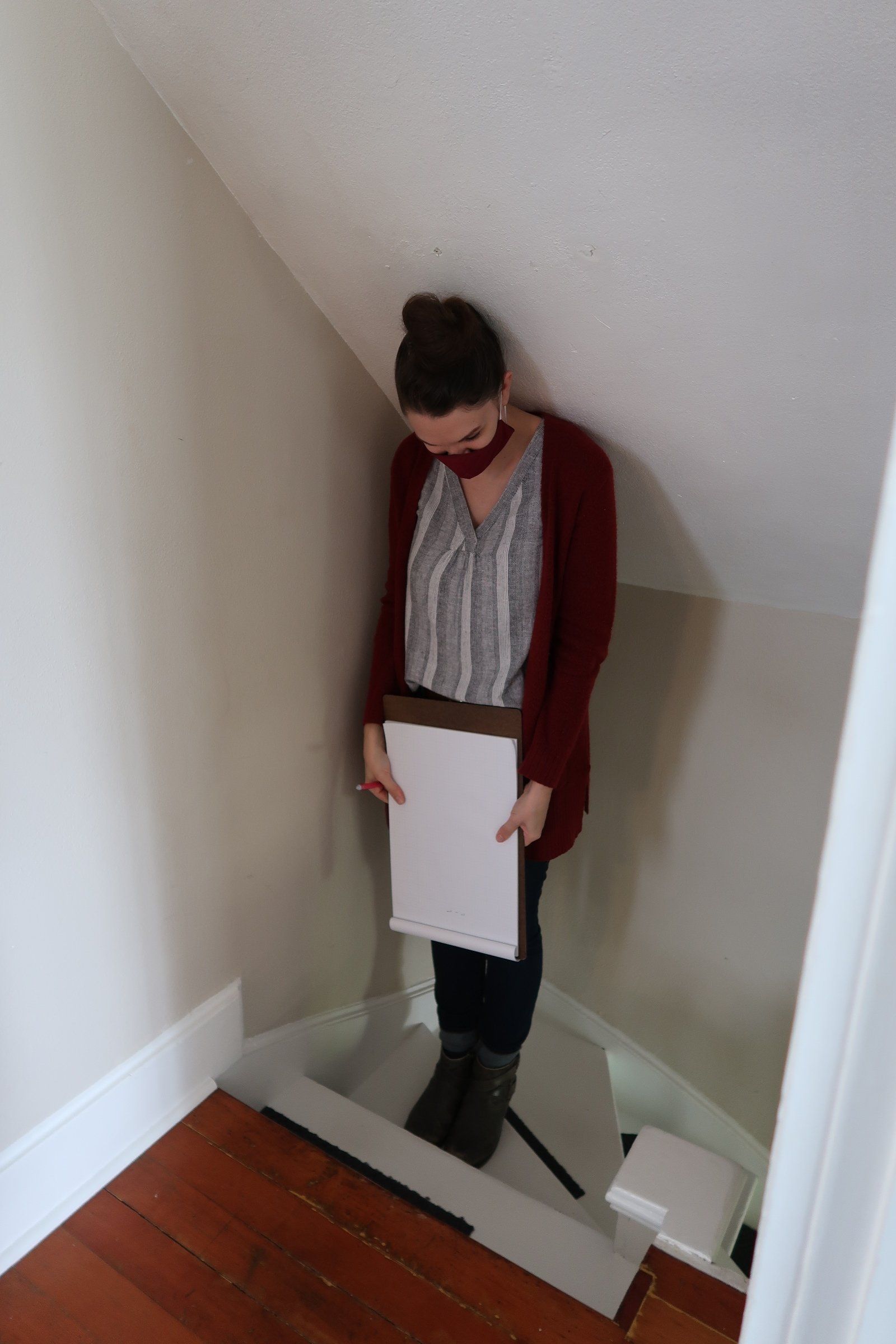



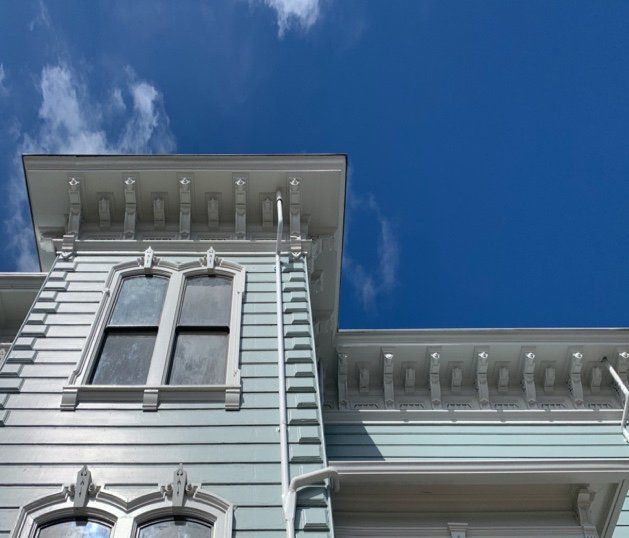
Oregon: CCB# 119917 | Washington: ARCIFL *910KJ
